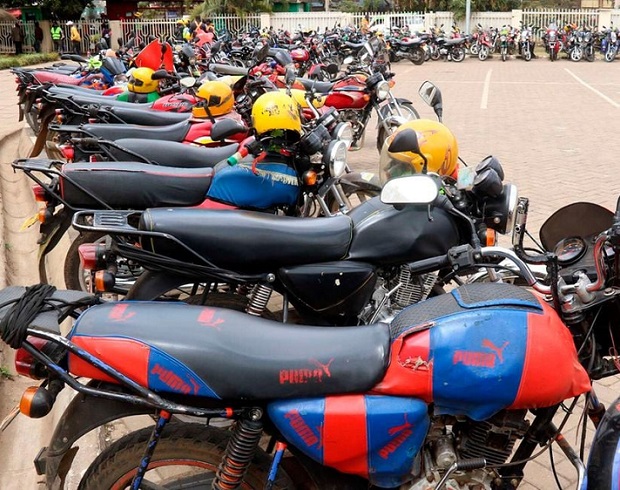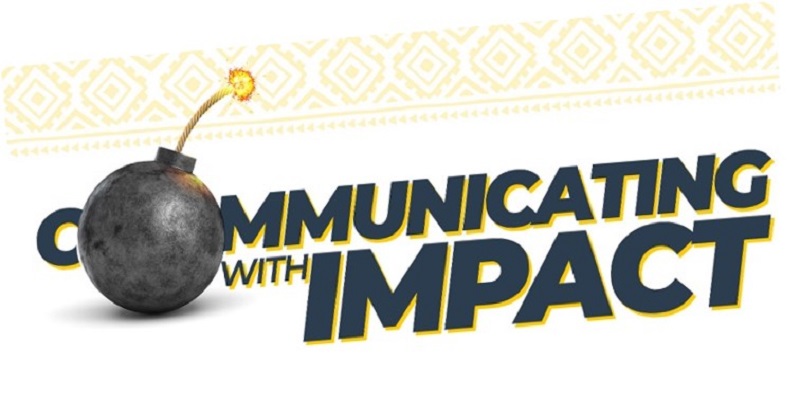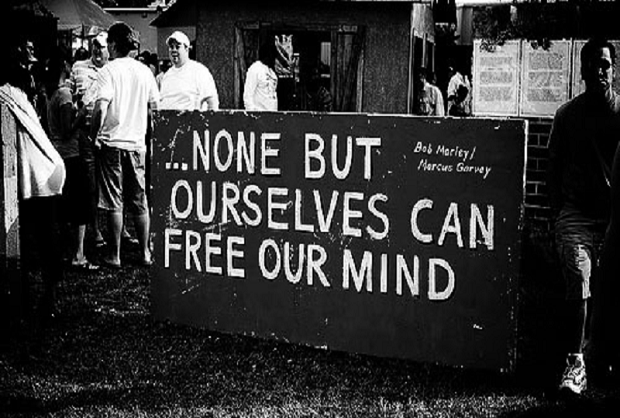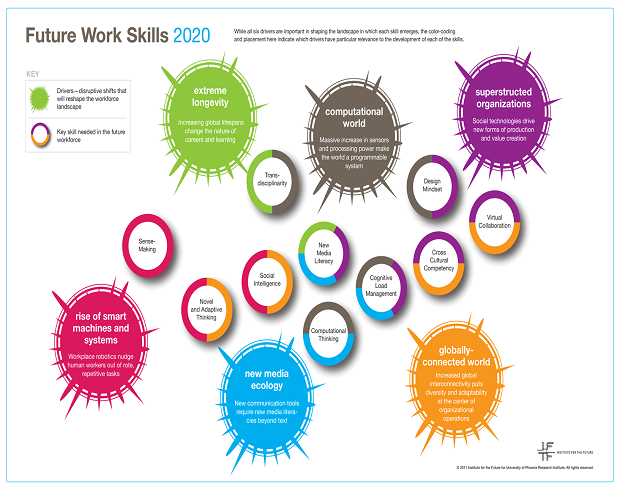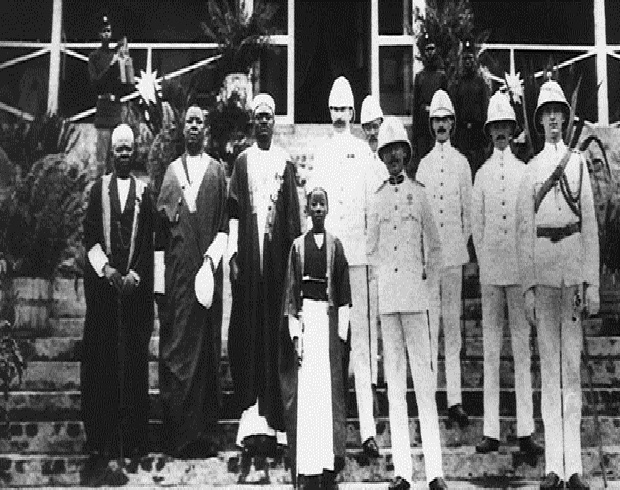Farmer class. That’s a term a friend of mine likes to use to distinguish between those born with a smog lined, city slicker spoon in their mouths and those born doing menial but hard labor in the fields. According to him, farmer class folks are very grounded since to a farmer, life begins and ends with the ground beneath them. They put in seed and their harvest emerges. Their livestock survives on plants grown out of that very same ground.
You know who else is a member of the farmer class? A giant entity whose girth is so wide that it cannot see the parasites clinging to its feet. Having planted the seed of efficient products and services, this giant Farmer has harvested a large subscriber base that is almost equivalent to this country’s population. I am one such subscriber.
I was minding my own business on a lovely Sunday afternoon earlier this month, when I got an unsolicited message that I had been subscribed to who-knows-dastardly-what to receive what-the-heck-kind-of-nonsense-are-these type of text messages. For the princely sum of Kshs 10 per message. Then the messages started coming in. Two days later, I threw my toys out of the cot, took screenshots of the messages and posted them on X (the artist formerly known as Twitter) asking the Farmer’s people to unsubscribe me.
This is where it gets interesting. I had never signed up for the what-the-heck-kind-of-nonsense-are-these messages. I had neither given permission to the Farmer to give out my number to a third party, nor had I permitted a third party to charge me for a service I had not signed up for. The Farmer’s agent on X responded within minutes. God bless their cotton socks. They were briefly apologetic. God bless their very briefly apologetic cotton socks. Then they clambered onto a high horse. “We do not share our customer’s details to a third party without their knowledge. You can stop the subscriptions here (link was provided) while on mobile data, data charges will apply.”
In a typical Kenyan, passive aggressive manner, this agent had essentially called me a veritable dunce, ignoramus and cretin combined. The agent was categorically stating that a third party had my details after I had given authority for those details to be shared. But I had not. I had never. What’s worse, this agent wanted me to use my own resources to unsubscribe from what I had not subscribed to.
Not surprisingly, up in the horse air, the agent on X was unable or unwilling to demonstrate where my contract with the Content Service Provider (CSP) had been signed or opted into by myself.
Firstly, this behaviour is unconscionable conduct as per section 56 of the Competition Act of Kenya. Subsection 3 of that delightful section provides that a person shall not impose unilateral charges and fees if the they have not been brought to the attention of the consumer prior to their imposition or prior to the provision of that service. Subsection 4 goes further to protect me by saying that a consumer shall be entitled to be informed by a service provider of all charges and fees, by whatever name called or described, intended to be imposed for the provision of a service. But Farmer and their CSP are clever since they did inform me that they would be charging me when they sent me the original unsolicited Sunday afternoon text.
And yet, I never signed up. So maybe I could seek protection elsewhere. Under section 36 of the Data Protection Act (DPA) 2019, a data subject like me has a right to object to the processing of their personal data unless the data holder can demonstrate a compelling legitimate interest for the processing which overrides my interests. Aha! The DPA goes further in section 37 to say that a person shall not use, for commercial purposes, personal data obtained unless the person has sought and obtained express consent from the data subject. The key word here is “express consent”. Which I hadn’t given.
I responded to the agent that I was not going to go to anybody’s site to unsubscribe and certainly not using my personal time nor resources to do it. Farmer should remove it. Even before I had began researching all the legal infractions that Farmer was undertaking, poof! I got a text message that the subscription had been deactivated. I hadn’t told the agent what my number was. They seemed to know. Somehow.
I know I am not the only one being unwittingly and unwillingly hogtied over an abusive barrel. I just wonder how many millions of shillings are at play here in the name of unidentified, unsolicited and unprovoked subscription services levied by parasites feeding at the Farmer’s trough. Have you checked your mobile phone bill lately?
Twitter/X: @carolmusyoka

 carolmusyoka consultancy
carolmusyoka consultancy
 @carolmusyoka
@carolmusyoka



